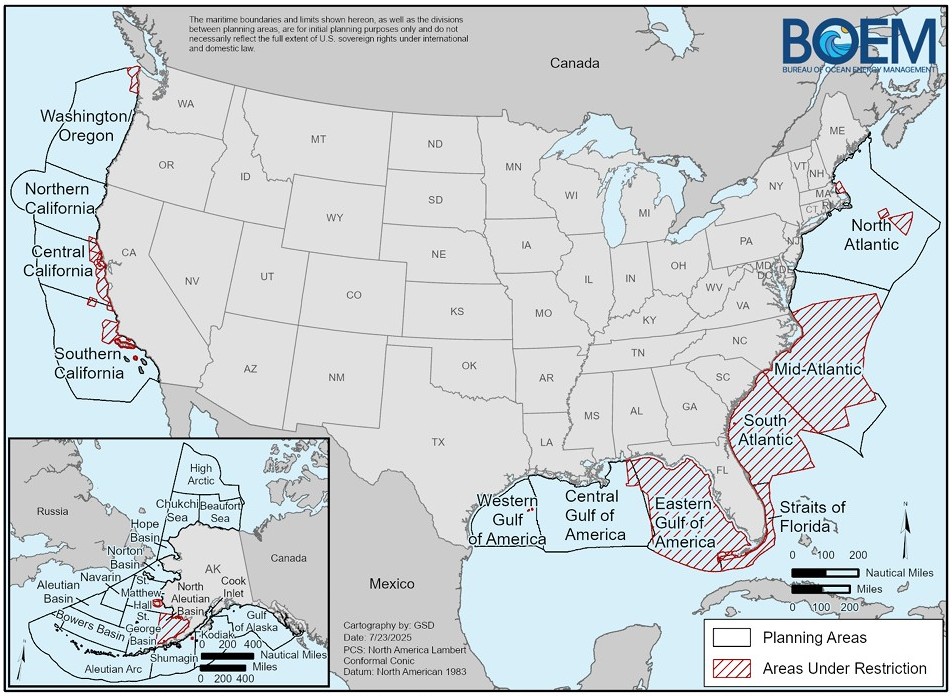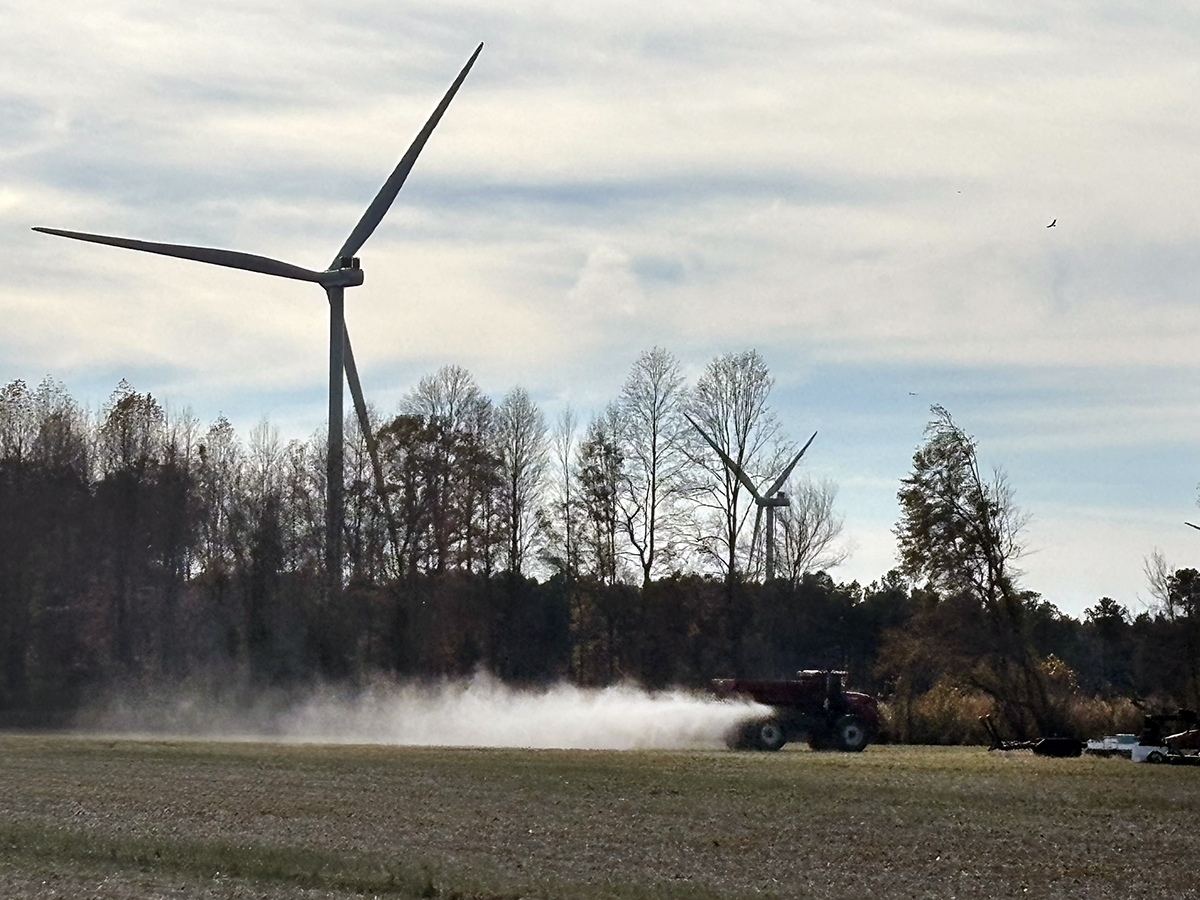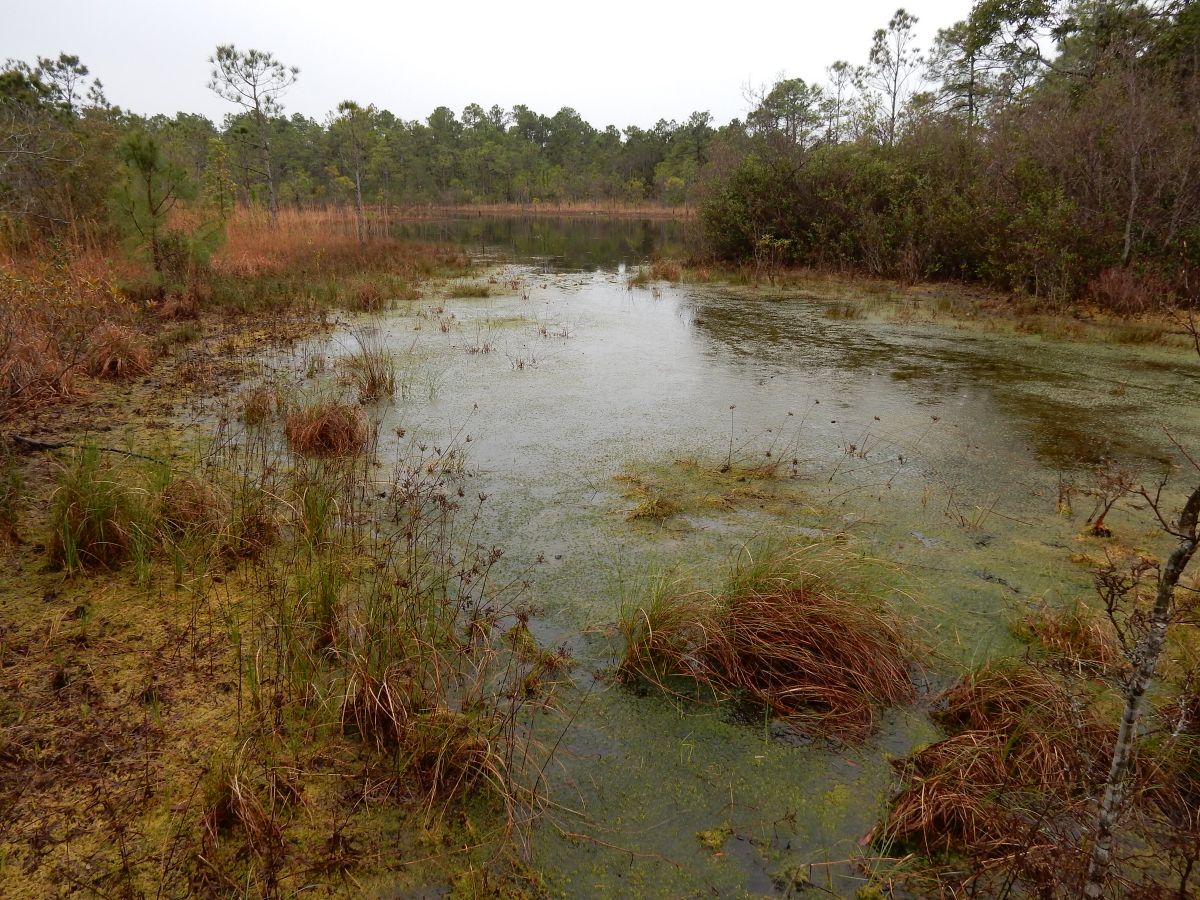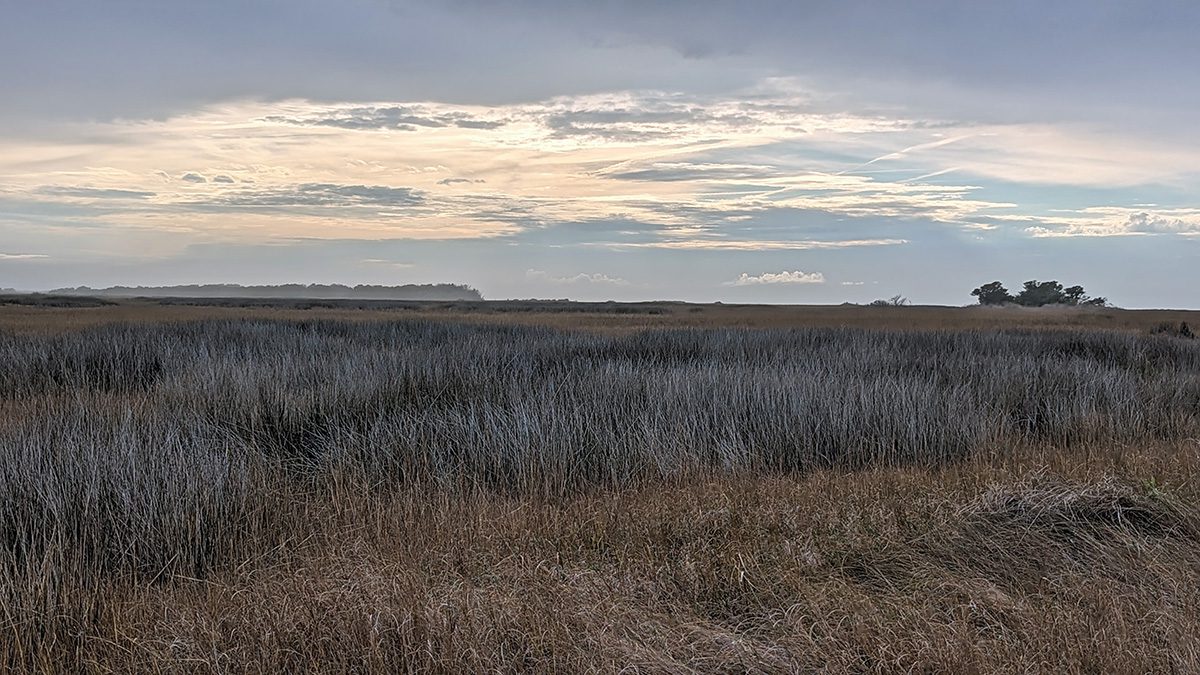
Guest Commentary
To stimulate discussion and debate, Coastal Review welcomes differing viewpoints on topical coastal issues. Morty Gaskill is a member of the North Carolina Coastal Federation Board of Directors. The nonprofit advocacy organization publishes Coastal Review, which remains editorially independent.
In 1976, a North Carolina Sea Grant newsletter sounded the alarm: large-scale land drainage was wiping out wetlands that protect our coastal fisheries. Fishermen saw their livelihoods at risk and 3,000 of them pleaded for action.
Supporter Spotlight
“We, the undersigned, being commercial and sport fishermen who use the creeks, rivers, and bays adjacent to Pamlico Sound and the waters of Pamlico Sound, petition the Marine Fisheries Commission and state officials as follows: … to investigate the effect of changing salinity in said waters upon the economy of Pamlico Drainage areas and to initiate proper controls to insure the continued health of commercial and sport fishing in this area.”
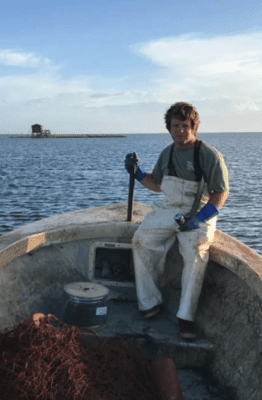
They saw it coming. But there was hope — state and federal leaders acted. For decades, farming, forestry, development, and fisheries co-existed under federal and state wetland safeguards — rules that carefully balanced economic growth and environmental protection. These safeguards didn’t create unbearable hardships; they provided stability for all.
Yet here we are again, nearly 50 years later, facing the same crisis — not just for our fisheries, but for our homes, businesses, and communities. Given the changing economic and environmental conditions of many coastal communities across North Carolina, it could not come at a worse time.
This time, the rollback of wetland protections isn’t coming from local drainage operations. It’s happening due to recent federal and state government actions. The Supreme Court’s Sackett v. EPA decision has dramatically narrowed the definition of federally protected wetlands. The North Carolina General Assembly followed suit, choosing to adopt the weaker federal standard instead of maintaining the stronger state level protections that had been in place for years. And now, under new leadership, the Environmental Protection Agency (EPA) is further diluting the Waters of the United States (WOTUS) rule, stripping even more protections from wetlands and streams that feed our coastal estuaries.
The consequences? More wetlands drained. More freshwater rushing unchecked into saltwater nurseries. More flooding. More property damage.
Supporter Spotlight
Costly gamble
History has already shown us what happens when we fail to protect our wetlands. In 1976, Rose Bay fisherman Troy W. Mayo spoke out as catches dwindled.
“Twenty-five years ago, I owned a 26-foot shad boat. We used to go out in Rose Bay, two people, for five or six hours and we’d catch 35 to 40 tubs of oysters—that was two men pulling by hand,” said Mayo. “Today you go out in this same area with a power winder and all modern equipment, and I’d be surprised if you catch 10 tubs of oysters.”
Scientists confirmed what fishermen already knew. “Salinity is a major ingredient for survival in the estuaries”; reported the North Carolina Division of Marine Fisheries. Preston Pate, who studied juvenile shrimp in Rose Bay, found that freshwater intrusion “definitely disrupted the salinity of small creeks in the area. The result was a smaller shrimp harvest by fishermen.”
But wetland loss isn’t just bad for fisheries. Wetlands absorb floodwaters, buffer storm surges, and keep pollution out of our waterways. Every acre lost means more homes and businesses at risk.
In North Carolina, our coastal communities have already been battered by hurricanes, rising insurance costs, rising property taxes, lack of affordable housing, and an aging drainage infrastructure that can’t keep up with heavier rains. Weakening wetland protections only adds fuel to the fire. It shifts costs onto property owners, local governments, and taxpayers — many of whom will be left paying for flood damage that could have been prevented.
Commonsense approach to conservation
Those lessons from the 1970s helped shape policies that kept North Carolina’s wetlands intact for decades. But now, history is repeating itself. The rollback of WOTUS protections and the state’s decision to weaken its own rules mean more wetlands will be drained, increasing flooding, pollution, and economic losses.
This shouldn’t be a divisive political issue. Wetland protections aren’t just about environmental policy — they’re about practical economics, public safety, and community well-being. They help prevent costly flood damage, safeguard private property, and support the resilience of coastal economies that depend on fisheries, tourism, and clean water.
Jim Brown of the Division of Marine Fisheries put it best nearly 50 years ago:
“We love beans and beef, and we have a serious need to extend agricultural operations. At the same time, we dearly love shrimp and oysters. There exists a very serious need for imposing compatibility between the two. Can it be done? That’s the question. Or do we just keep plodding along with our fingers crossed?”
If we ignore history, we aren’t just crossing our fingers — we are guaranteeing a grim future for our coastal communities. The fishermen of Rose Bay warned us decades ago. Will we listen this time? Or will we, once again, pay the price for failing to protect the wetlands that sustain our way of life?
Opinions expressed by the authors are not necessarily those of Coastal Review or our publisher, the North Carolina Coastal Federation. See our guidelines for submitting guest columns.



